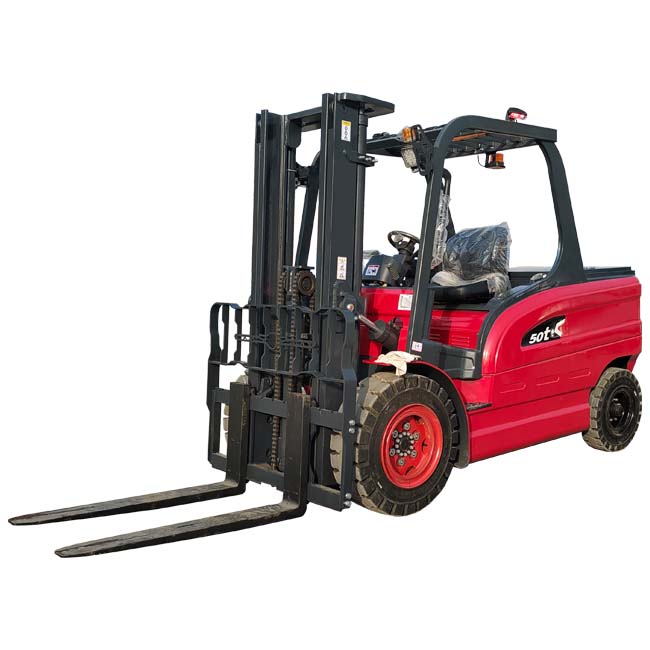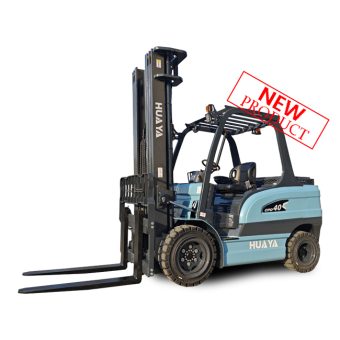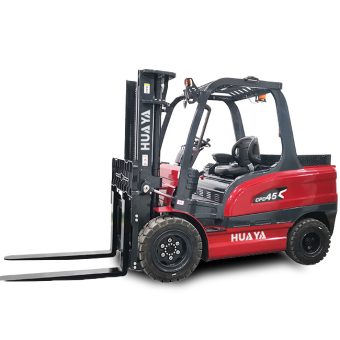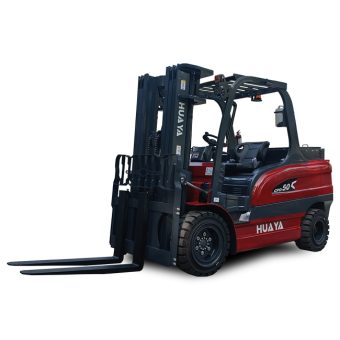
News
Electric forklift lifting capacity is an important aspect to consider when choosing the right equipment for your material handling needs. Understanding the lifting capabilities of an electric forklift ensures safe and efficient operation. In this article, we’ll take a closer look at the factors that determine an electric forklift’s lifting capacity and gain insight into its maximum lifting capacity.

The lifting capacity of an electric forklift refers to the maximum weight it can safely lift and transport. It is typically measured in pounds or kilograms and specified by the manufacturer. It is essential to stay within the designated lifting capacity to ensure the forklift's stability and prevent accidents.
The lifting capacity of an electric forklift depends on several factors. The primary factor is the forklift's design, including the size and strength of its lifting mechanism. Forklifts with larger masts or longer forks tend to have higher lifting capacities.
Additionally, the forklift's load center also plays a role. The load center is the point at which the load is most stable on the forks. Standard electric forklifts often have load centers of 24 inches or 48 inches, though other sizes are available. The load capacity decreases as the load center increases.
Various operational factors influence the lifting capacity of an electric forklift. For instance, the height at which the load needs to be lifted affects the maximum weight capacity. As the forklift extends its mast, the lifting capacity decreases due to the decrease in stability and the load moment.
Other factors include the angle of the tilt mast, which can affect the balance of the load, and the inclination of the terrain or ground surface. Operating on an uneven or sloping surface can reduce the lifting capacity due to the potential loss of stability.
To determine the maximum weight capacity of an electric forklift, it is crucial to refer to the manufacturer's specifications and guidelines. These specifications typically include a load capacity chart that factors in the load center distance, mast height, and other relevant variables.
It is important to note that exceeding the maximum weight capacity can lead to forklift instability, tipping hazards, and potential damage to the equipment. Overloading a forklift also puts unnecessary strain on its components, potentially impacting its longevity and performance.
Furthermore, it is essential to consider safety factors when establishing operational limits. Providing a safety buffer by operating within 80% of the maximum weight capacity ensures safer operations and minimizes the risk of accidents.
The lifting capacity of an electric forklift is a critical consideration for businesses that rely on efficient material handling operations. Understanding the factors that influence lifting capacity, such as forklift design, load center, and operational factors, helps ensure safe and productive operations. Adhering to the manufacturer's specifications and guidelines for maximum weight capacity is essential to prevent accidents and maintain the longevity and performance of the electric forklift.


